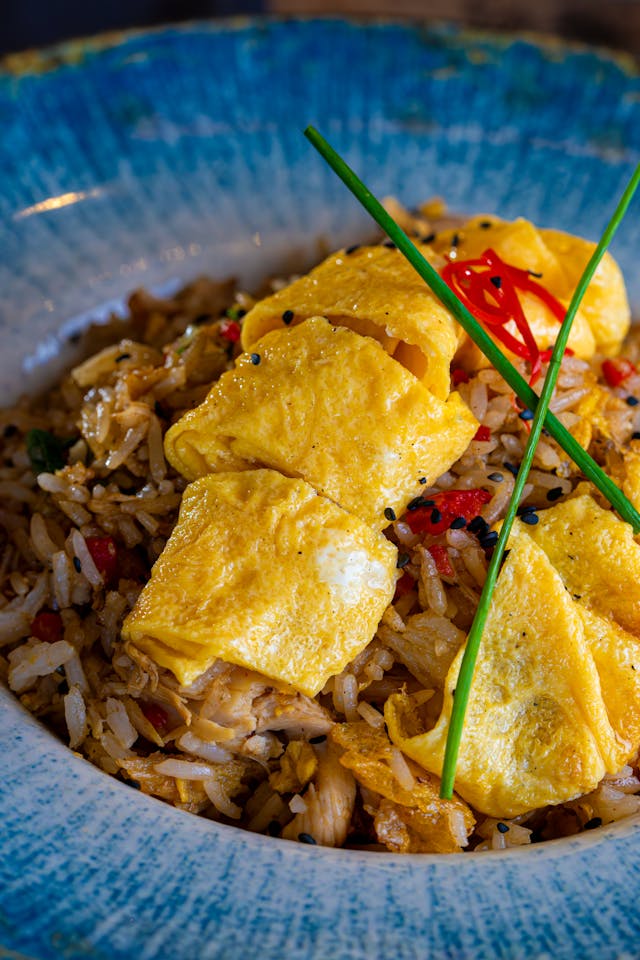Rice crackers, also known as sensei in Japan, have become a famous snack internationally. These light, crunchy treats are not the most effective and delicious; however, they offer numerous health advantages, making them a pass-to snack for many. Whether loved alone or paired with other meals, rice crackers are versatile, gluten-loose, and available in various flavors to shape the taste alternatives.
Origins and Types of Rice Crackers
Rice crackers originated in East Asia, particularly in Japan and China, where they were loved for centuries. Japanese sensei and kaki are the most famous kinds. The difference between them lies in the rice used: senbei is made from non-glutinous rice, while kaki uses glutinous rice, which gives it a chewier texture.
In China, rice crackers are often discovered as a part of festive food flavored with soy sauce, sesame, or shrimp. Across Southeast Asia, you will find many regional variations, from highly spiced to sweet.
Nutritional Benefits of Rice Crackers
Rice crackers are generally considered a healthier snack alternative to processed snacks like chips or cookies. Made usually from rice, they may be obviously gluten-free, making them appropriate for people with gluten intolerances or celiac sickness.
Most rice crackers are low in energy and fat. They can also be a good source of fiber, especially if crafted from brown rice, which retains the grain’s bran and germ. Additionally, rice crackers are regularly baked rather than fried, making them a lighter snack alternative.
However, some commercial types may be excessive in sodium, especiallyespecially if flavored with soy sauce or salty seasonings. It’s vital to check the labels if you’re watching your salt consumption.
Varieties of Flavors
One of the exciting elements of rice cracker is their wide variety of flavors. Traditional rice crackers in Japan are regularly used with soy sauce, seaweed, or sesame seeds. You may find spicy versions in Korea and Thailand flavored with chili or sweet variations made with honey or sugar.
In Western countries, rice crackers have taken on even more numerous flavor profiles, including cheese, herb, or fish fry. Whether you prefer sweet or savory, there may be a rice cracker flavor for everyone.
Pairing Rice Crackers with Other Foods
Rice crackers may be loved on my own, but they also pair nicely with different meals. A popular aggregate is to serve them with cheese, hummus, or guacamole as a light appetizer. They can also be crumbled over soups or salads to feature a crunchy texture. rice cracker
In Japan, rice crackers are regularly loved with inexperienced tea, supplying a balanced, wholesome snack experience. Some humans even use rice crackers as a base for canapés, topping them with smoked salmon, avocado, or cream cheese.
Conclusion
Rice crackers are a versatile and attractive snack that can be enjoyed in many ways. Their low-calorie and gluten-unfastened houses lead them to a more fit alternative to many different snacks, and with loads of flavors available, they cater to various taste alternatives. Whether you’re looking for a quick chew or something to supplement your tea, rice crackers satisfy any snacking event. Nike SB
